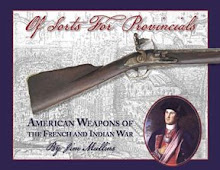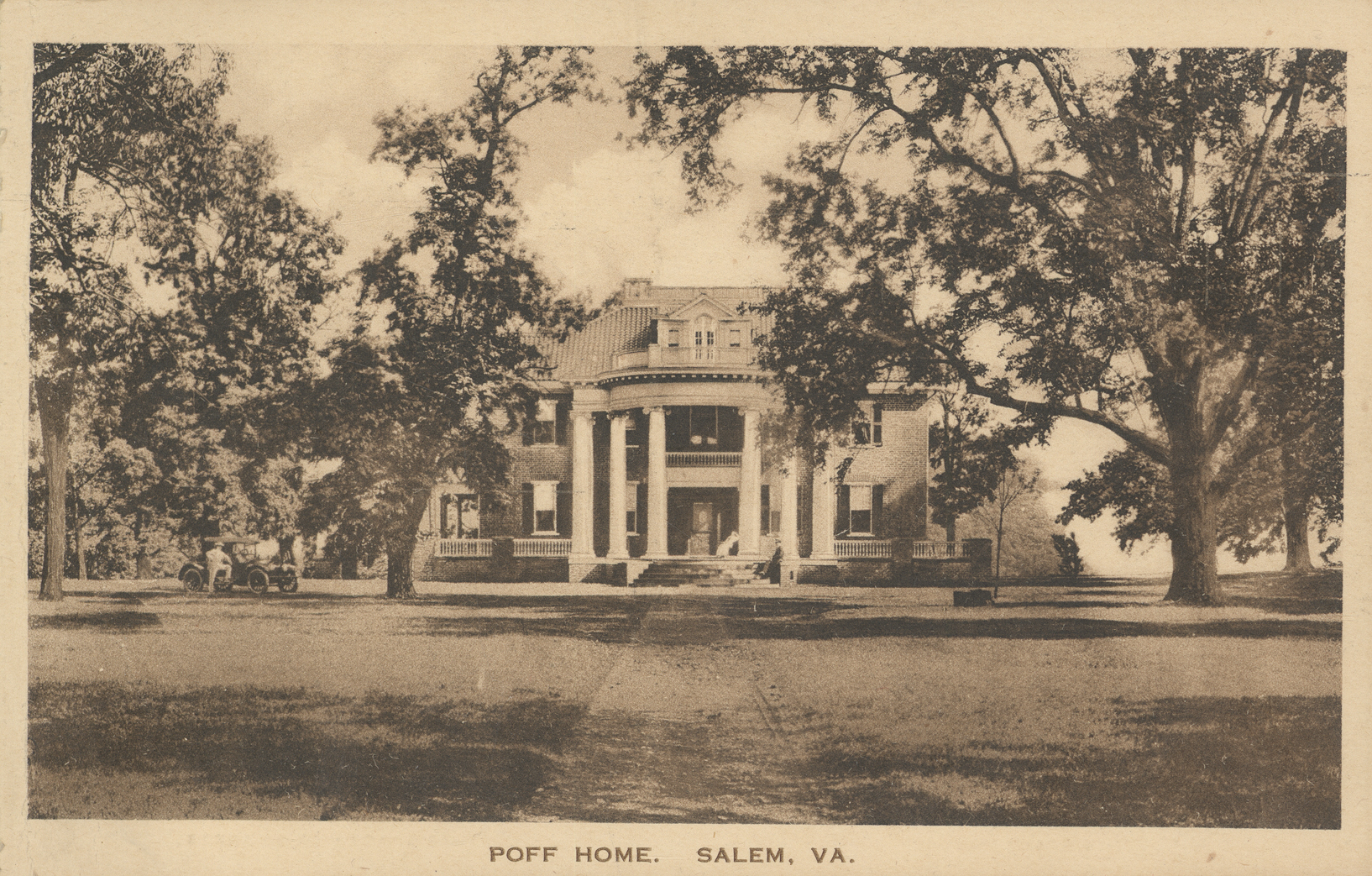One of the fairly common foodstuffs in back country Virginia that seems to have become somewhat uncommon in the modern era is the Venison ham.
Venison hams were sold in McCorkle's store in New Dublin - modern Pulaski, Virginia (likely a sideline for those involved in the deerskin trade) and are mentioned by Smyth as a typical Virginia food in warm weather.
John Ferdinand Smythe:
A Tour in the United States of America 1784
http://books.google.com/books?id=cCUwAAAAYAAJ&pg=PA41&dq=venison+hams+%2B+tour+of+the+united+states&hl=en&sa=X&ei=lF1FT8jDMcTb0QGstanqAw&ved=0CE4Q6AEwAQ#v=onepage&q&f=false
"The gentleman of fortune rises about nine o'clock; he may perhaps make an excursion to walk as far as his stable to see his horses,
which is seldom more than fifty yards from his house; he returns to breakfast between nine and ten, which is generally tea or coffee,
bread-and-butter, and very thin slices of venison-ham, or hung beef."
Creswell also mentions them:
http://rs6.loc.gov/cgi-bin/query/r?ammem/lhbtn:@field%28DOCID+@lit%28lhbtn30436div15%29%29:
""On Board the Pilot Boat "Sally," Potowmeck River--Thursday, April 24th, 1777. Sailed from Alexandria about noon. Mr. Crafts gave me three venison Hams.""
"We gave them a Bottle of Whiskey, a Venison Ham and left them to condole their misfortunes together, but we first took care to secure the Hatch."
A hunter's contract from 1784 specifying Venison hams(thanks to Fred for sharing this info!):
http://books.google.com/books?id=DWxXAAAAYAAJ&pg=PA926&dq=1784+venison+ham+cured&hl=en&sa=X&ei=egSYT9OcEqXW0QGwqYnlBg&ved=0CE0Q6AEwAA#v=onepage&q=1784%20venison%20ham%20cured&f=false
"Articles of agreement Enterd Into This Eighteenth Day of October 1784 Between Genl George Rogers Clarke & Alexr. Skinner Physician on the one & John Saunders of the other Part all of Jefferson County in the State of Virginia & Country of Kentucky Witnesseth that the Said Genl. G. Rogers Clark and Alexander Skinner, are to furnish on their Part Three men & one pack Horse with Salt and & Ammunition for the purpose of Making a Hunt procuring Beef - Bear Meat - Bears Oil & Vennison Hams & Curing them in a proper Manner for Keeping Sound of it for use during the winter & Spring - That the said Saunders on his part is as a Hunter to use every possible Means to procure the said Meats &c by pitching upon Good Hunting Grounds & being Assiduous & Industrious & the said Saunders is to See that the meat is properly Salted at the Camp & Send it from time to time to the falls of ohio - The Bears oil properly Curd & The Hams properly Dried - The meat is to be Delivered to the said Skinner at the falls of Ohio - to be disposd off or put up in Bulk or Dried as may be most Convenient The said said Saunders in Consideration of this Duty faithfully to be performd is to be entitled to one third of all the meat & oil so to be procurd which third part shall either be sold when a Market offers on its arrival at the falls or preservd with the Rest he paying his proportion of any farther Curing that may be necessary when it arrives atthe falls or it..."
Cresswell also writes on American ham/bacon preparation, and I took my lead from that method and the sage advice of a very helpful friend who has a lot of experience in curing hams.
http://rs6.loc.gov/cgi-bin/query/r?ammem/lhbtn:@field%28DOCID+@lit%28lhbtn30436div14%29%29
"The bacon cured here is not to be equalled in any part of the world, their hams in particular.
They first rub them over with brown sugar and let them lie all night. This extracts the watery particles.
They let them lie in salt for 10 days or a fortnight. Some rub them with hickory ashes instead of saltpetre,
it makes them red as the saltpetre and gives them a pleasant taste. Then they are hung up in the smoke-house and a
slow smoky fire kept under them for three or four weeks, nothing but hickory wood is burnt in these smoke-houses.
This gives them an agreeable flavour, far preferable to the Westphalia Hams, not only that, but it prevents them going rancid
and will preserve them for several years by giving them a fresh smoking now and then. Beef cured in this manner is but
very indifferent eating. Indeed the Beef in this country is not equal in goodness to the English, it may be as fat, but not so juicy."
I was lucky enough to get a little space for my deer ham in a local smokehouse after the meat spent some quality time in a salt tub with brown sugar and saltpeter.
For a bit of background on Virginia smokehouses, I recommend this article:
http://www.history.org/foundation/journal/winter04-05/smoke.cfm
As for those in the back country, the Sayer's plantation smoke house (ca 1754-1765) at the site that eventually became Fort Chiswell bucked the 8 or 12 foot square trend noted in the above article and was only 5 feet square. Surprisingly, bricks were used in the foundation and fireplace despite being a very remote homestead when it was constructed (
Excavations at Fort Chiswell : an archaeological perspective of Virginia's western frontier by Thomas Claude Funk). After a few weeks smoking, I had a very nicely preserved Venision ham that was very tasty, although a bit more like jerky than the fattier pork hams from the same lot! All in all, a great experiment and I hope to them again. Happy smoking!











